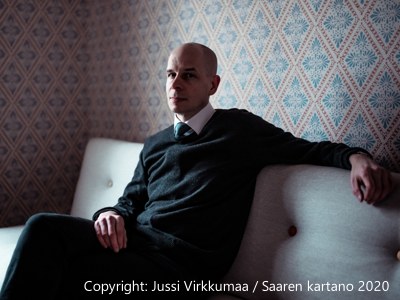Orchestration: 2 (Picc)-2-1-Bcl-Asax-2, 2-2-1-Tuba, Timp, Perc (3), Acc, Traut, Strings
Duration: ca. 12‘
Publisher: Schott Music
Commissioned by the Music School of Berlin-Marzahn-Hellersdorf
WP: Oct 3, 2010, Berlin (Philharmonie)
Orchestra of the Music School of Berlin-Marzahn-Hellersdorf
Christina Dietrich, Trautonium
Jobst Liebrecht, conductor
Introduction:
The trautonium is one of the „big misteries“ in the music history. In the beginning of the 1930s, there were even plans for a serial production (as „People’s Trautonium“). But soon after, it had become an experimental project of home constructors and specialists, connected above all with the name Oskar Sala, who, however, used an instrument enhanced by numerous extra devices rather than the simple primal construction. The development of electro-acoustic instruments since the 1950s soon left the instrument behind.
How could a „living fossile“ like this possibly be of interest for a composer of the 21st century, when every mini-synthesizer, every notebook with some free software provides a thousand times more potential? Well, it’s particularly the Trautonium’s boundedness – which one could call as well purity and clarity. Four wave forms, a noise generator, a few filters and a pitch bender, that’s all. A sound which evokes the pioneer spirit of the early electroacoustic music, without granular synthesis, MAX-patches – and also without the danger that the technical device rules the composer by its infinite possibilities.
Blindflug lets the idiomatic sound of the trautonium spread into the orchestra, where it starts leading a life of its own: noise, glissandi, melodic fragments, high whirring and low growling produce a complex, varied dialogue. The title also refers to the compositional process itself: a huge part of the score was written „blindfolded“ even before the reconstruction of the instrument for the premiere was completed. This feeling of „blind flying“ was transferred to the character of the piece. A scant, rather rhapsodic form encompasses many details, which, like tiny flying objects, come and go to and from all directions. More suprising maneuvers than a clear orientation, isolated fragments of morse code disappearing in noise, only a few stable moments… The ending is not a full crash, but also everything else than a landing by the book.
